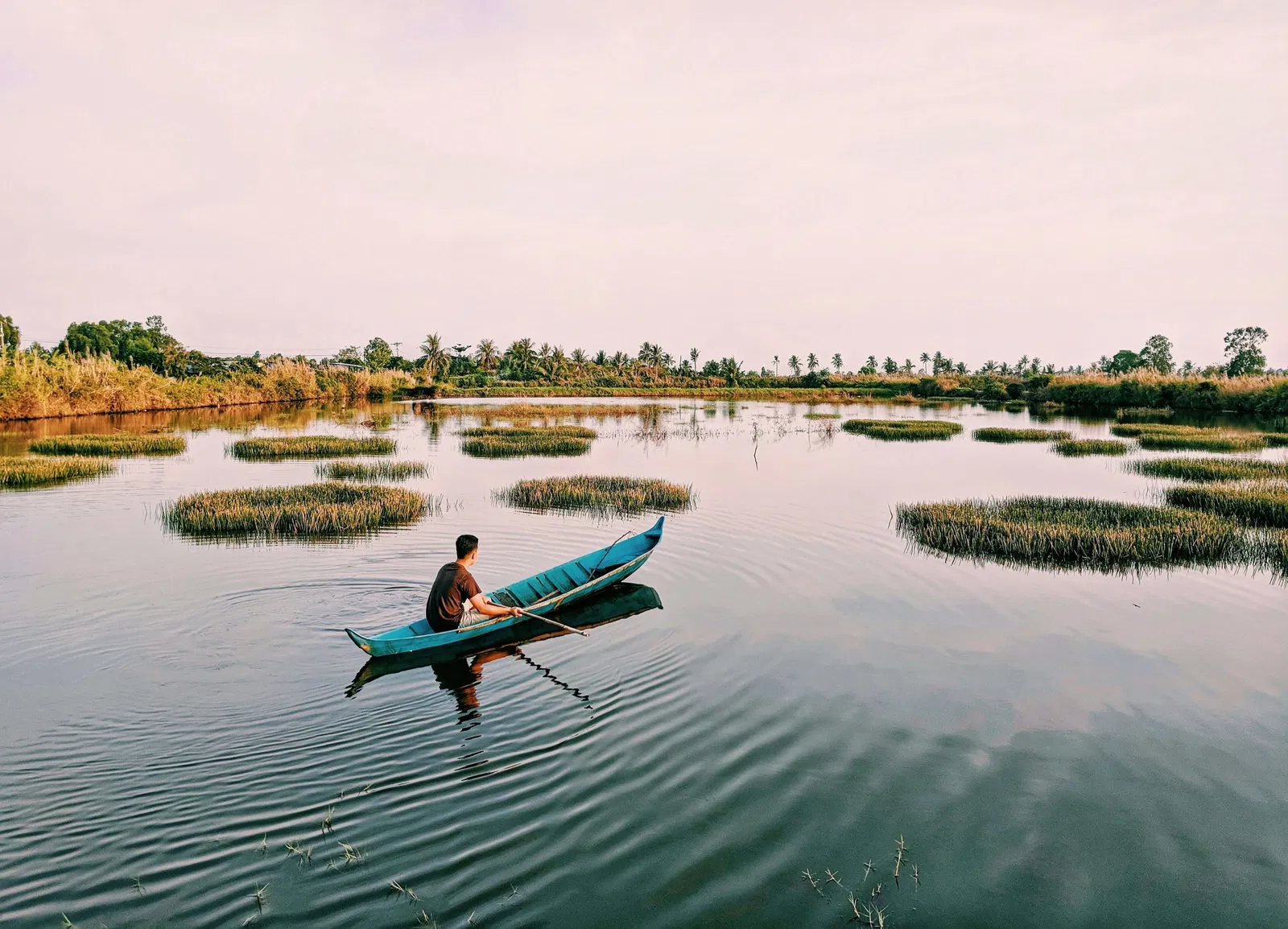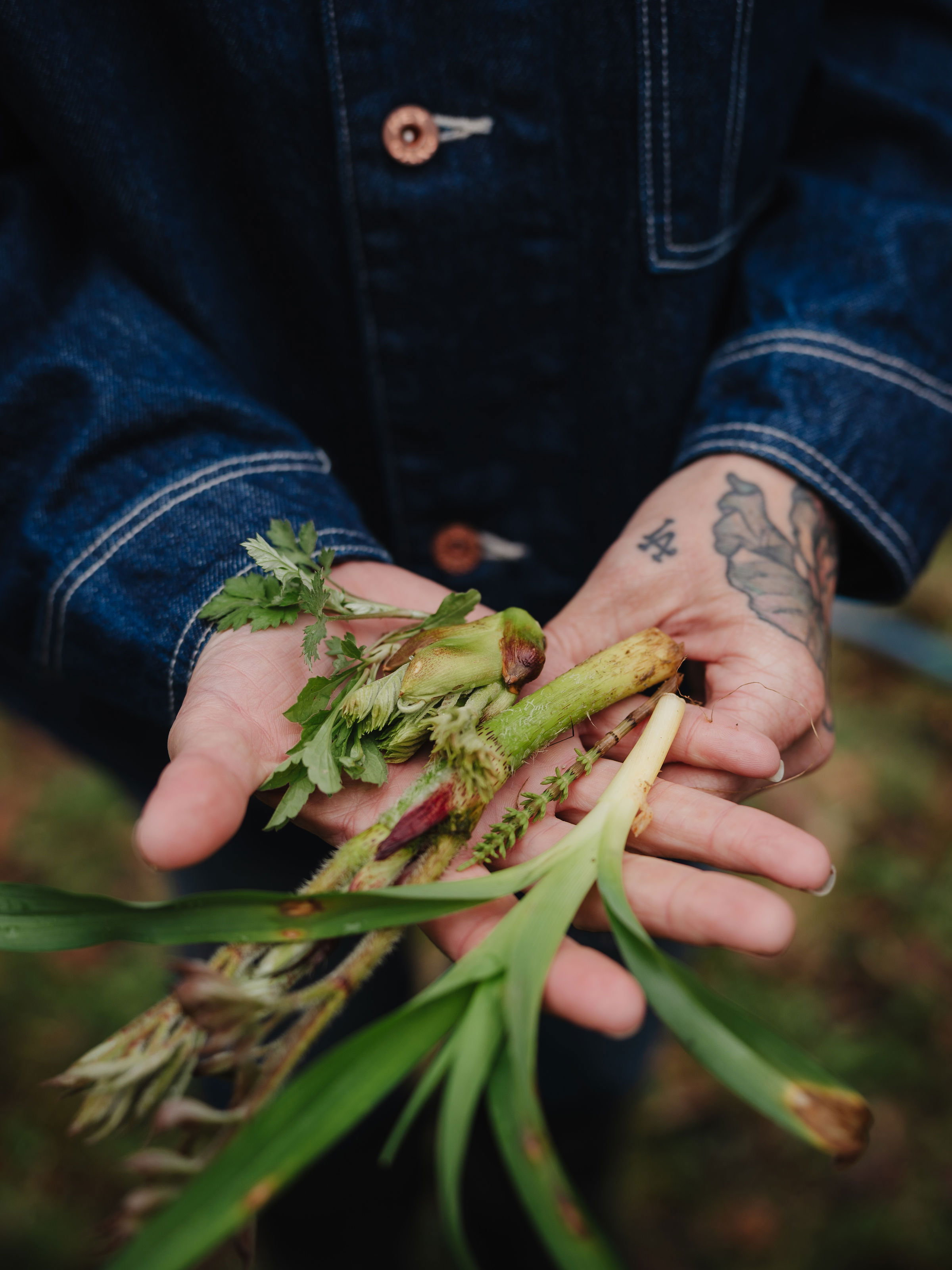
A thoughtful approach to seeing the world—without leaving a heavy footprint
In an era of over-tourism and quick hits, more travelers are beginning to ask not just where they want to go but how they want to show up when they get there. What if travel wasn’t just about escape or consumption, but about connection? What if it left places better, not worse, for having welcomed us? This is the idea behind slow travel—a way of moving through the world that values presence over pace, depth over checklist, and local impact over convenience. It is about tuning in, staying longer, and choosing experiences that honor the cultures and ecosystems that host us.
Whether you’re planning your next journey or simply rethinking how to move through the world more intentionally, here are a few sustainable travel tips to guide you.
What Is Slow Travel?
Slow travel isn’t a mode of transportation—it’s a mindset. It means allowing time for the nuances of a place to unfold. It means shopping in local markets instead of souvenir shops, joining a cooking class instead of snapping a quick restaurant photo, or walking through a city with no agenda except to notice what’s around you. In many ways, slow travel mirrors the slow food movement. It’s about quality, connection, and context. It’s not always the easiest route, but it’s often the most rewarding. And for those who care about their impact, it’s one of the most powerful ways to travel more sustainably.

1. Stay Longer, Move Less
Instead of bouncing between multiple destinations in a short timeframe, consider spending more time in fewer places. Staying in one region or city allows you to reduce your carbon footprint, support local businesses more deeply, and develop a meaningful relationship with a place—its people, its rhythms, its flavors.
A week in Piedmont or Kyoto can offer more richness than a whirlwind itinerary with daily flights and vanishing impressions.
2. Choose Carbon-Conscious Companies
Not all travel is created equal. Look for companies that take environmental impact seriously—not just in words, but in action.
Here at Modern Adventure, we believe travel can be a force for good, and that how we travel matters. As a proud carbon-neutral and certified B Corporation, we meet rigorous standards of social and environmental performance, accountability, and transparency. From offsetting our carbon emissions to partnering with local guides and sustainability-focused hosts, we’re committed to building a new way to travel.
3. Eat (and Drink) Locally
One of the easiest—and most enjoyable—ways to support a region sustainably is through its cuisine. Choose restaurants that source their ingredients locally and seasonally, and ask where your wine, cheese, or olive oil comes from. Better yet, seek out experiences, like the ones in our expertly-crafted itineraries, that connect you to the source: a wine tasting with the winemaker, a morning at the market with a chef, a farm visit where lunch comes from the ground beneath your feet.
Food is one of the most powerful ways to understand a culture, and choosing local sustains both land and livelihoods.
4. Rethink What “Luxury” Means
For decades, luxury travel meant five-star hotels, private cars, and sprawling resorts. But there’s a new definition emerging—one that values quiet, quality, and sustainability.
Luxury that is properly understood can be a locally made ceramic teacup in a family-run inn, a private dinner prepared by a regional chef, or a simple moment watching the light change over the hills of Umbria or the dunes of the Sahara. Real luxury respects place and people. It’s not about excess—it’s about intentionality.


5. Travel with Curiosity, Not Control
Sustainable travel is relational. It requires humility, openness, and reciprocity. Instead of arriving with expectations, arrive with questions.
Listen to stories. Learn the local etiquette. Ask your guide how tourism affects the region—and what’s being done to protect its traditions, landscapes, or biodiversity. Curiosity builds bridges. It makes travel less about consumption and more about shared experience.
6. Reduce, Reuse, Rethink
The basics still matter. Bring a refillable water bottle. Avoid single-use plastics. Choose direct flights when possible, and offset your emissions if you can’t. Support accommodations with eco-certifications, and be mindful of energy and water usage—especially in remote or drought-prone areas.
Sustainability isn’t a checklist—it’s a daily practice. And every choice, however small, adds up.
7. Support Artisans, Not Algorithms
Skip the trinket stalls filled with factory-made souvenirs and head to a local artisan workshop instead. The scent of wood shavings in a violin-maker’s studio. The vibrant textiles of a market in Oaxaca, hand-dyed with natural pigments. The sound of a ceramic wheel spinning in a family-run atelier in Kyoto.
Buying directly from artisans helps preserve traditional crafts and supports local economies. And it often leads to deeper stories—ones that stay with you long after the trip is over.

Sustainable Travel Means A Better World to Return To
Sustainability doesn’t mean sacrificing beauty, comfort, or meaning. In fact, it’s quite the opposite. It’s a richer, more connected way to travel—one that listens closely, treads lightly, and honors the complexity of the world. We believe that the more thoughtful we are as travelers, the more joyful and generous travel becomes. That’s why we’ve committed to carbon neutrality, earned our B Corp certification, and continue to build journeys that respect place, people, and culture.
It’s a wonderful world and we’re inviting our community to journey deeper and sustain the wonder. Every adventure is a chance to dive deeper and honor the land, its people, and its stories. Let’s keep traveling beautifully—together.
Join us in using travel as a force for good.
We believe travel can be a force for good, and that how we travel matters. We offer singular travel experiences with brands and tastemakers we admire and respect, and to create a community of Modern Adventurists that value going deeper.









